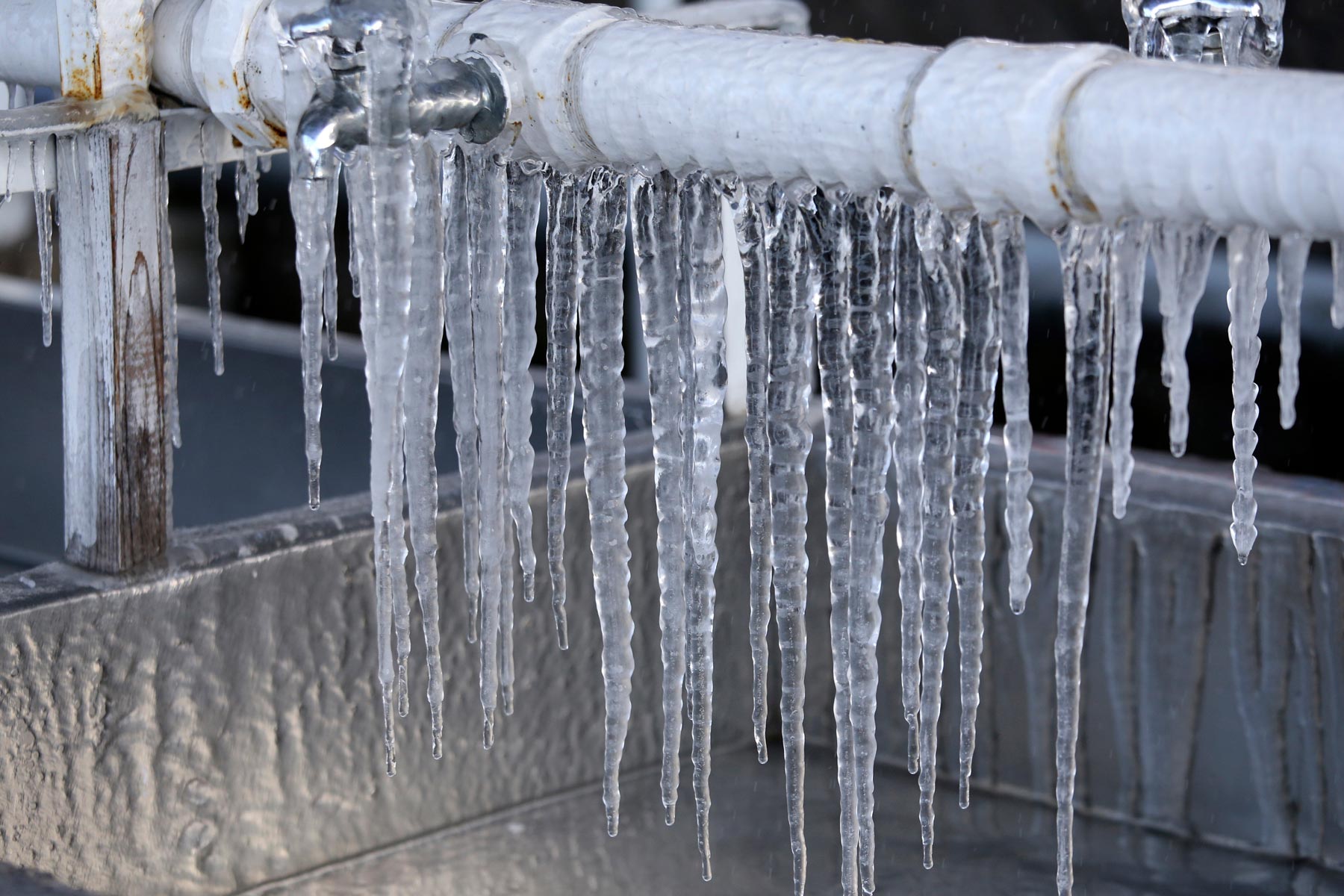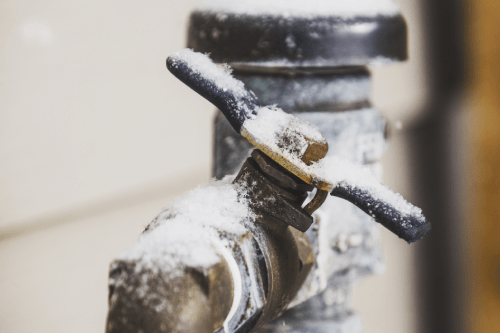Avoid Frozen Plumbing in Winter: Pro Advice
Explore NowEveryone seems to have their own individual theory about How to Prevent Your Pipes From Freezing.

Winter can damage your plumbing, especially by freezing pipes. Here's how to avoid it from taking place and what to do if it does.
Intro
As temperature levels decline, the risk of icy pipelines rises, possibly leading to pricey repair work and water damages. Recognizing just how to stop frozen pipes is crucial for property owners in cool environments.
Understanding Frozen Pipes
What creates pipelines to ice up?
Pipelines freeze when revealed to temperatures listed below 32 ° F (0 ° C) for prolonged periods. As water inside the pipes ices up, it expands, putting pressure on the pipeline walls and possibly causing them to break.
Risks and problems
Frozen pipes can cause water disruptions, building damage, and expensive repair services. Burst pipes can flood homes and trigger comprehensive structural damages.
Indications of Frozen Pipes
Recognizing frozen pipes early can avoid them from rupturing.
How to determine icy pipelines
Seek lowered water circulation from taps, unusual odors or noises from pipes, and noticeable frost on subjected pipes.
Prevention Tips
Protecting susceptible pipelines
Cover pipelines in insulation sleeves or use warmth tape to safeguard them from freezing temperatures. Focus on pipelines in unheated or outside areas of the home.
Heating strategies
Keep interior spaces effectively heated, particularly locations with pipes. Open closet doors to allow warm air to distribute around pipelines under sinks.
Securing Outside Pipes
Yard tubes and exterior taps
Separate and drain yard hose pipes before winter season. Install frost-proof spigots or cover exterior taps with insulated caps.
What to Do If Your Pipes Freeze
Immediate actions to take
If you suspect icy pipelines, maintain faucets available to relieve pressure as the ice melts. Make use of a hairdryer or towels taken in hot water to thaw pipes slowly.
Long-Term Solutions
Architectural changes
Think about rerouting pipes far from exterior walls or unheated areas. Include additional insulation to attics, basements, and crawl spaces.
Upgrading insulation
Purchase premium insulation for pipes, attics, and wall surfaces. Correct insulation assists preserve regular temperatures and lowers the danger of icy pipelines.
Final thought
Protecting against icy pipes needs proactive actions and fast responses. By comprehending the causes, signs, and preventive measures, homeowners can safeguard their pipes throughout winter.
5 Ways to Prevent Frozen Pipes
Drain Outdoor Faucets and Disconnect Hoses
First, close the shut-off valve that controls the flow of water in the pipe to your outdoor faucet. Then, head outside to disconnect and drain your hose and open the outdoor faucet to allow the water to completely drain out of the line. Turn off the faucet when done. Finally, head back to the shut-off valve and drain the remaining water inside the pipe into a bucket or container. Additionally, if you have a home irrigation system, you should consider hiring an expert to clear the system of water each year.
Insulate Pipes
One of the best and most cost-effective methods for preventing frozen water pipes is to wrap your pipes with insulation. This is especially important for areas in your home that aren’t exposed to heat, such as an attic. We suggest using foam sleeves, which can typically be found at your local hardware store.
Keep Heat Running at 65
Your pipes are located inside your walls, and the temperature there is much colder than the rest of the house. To prevent your pipes from freezing, The Insurance Information Institute suggests that you keep your home heated to at least 65 degrees, even when traveling. You may want to invest in smart devices that can keep an eye on the temperature in your home while you’re away.
Leave Water Dripping
Moving water — even a small trickle — can prevent ice from forming inside your pipes. When freezing temps are imminent, start a drip of water from all faucets that serve exposed pipes. Leaving a few faucets running will also help relieve pressure inside the pipes and help prevent a rupture if the water inside freezes.
Open Cupboard Doors
Warm your kitchen and bathroom pipes by opening cupboards and vanities. You should also leave your interior doors ajar to help warm air circulate evenly throughout your home.

As a serious reader about 6 Ways to Prevent Frozen Pipes, I thought sharing that article post was necessary. Sharing is good. Helping others is fun. Thank you for your time. Please pay a visit to our site back soon.
At This Website